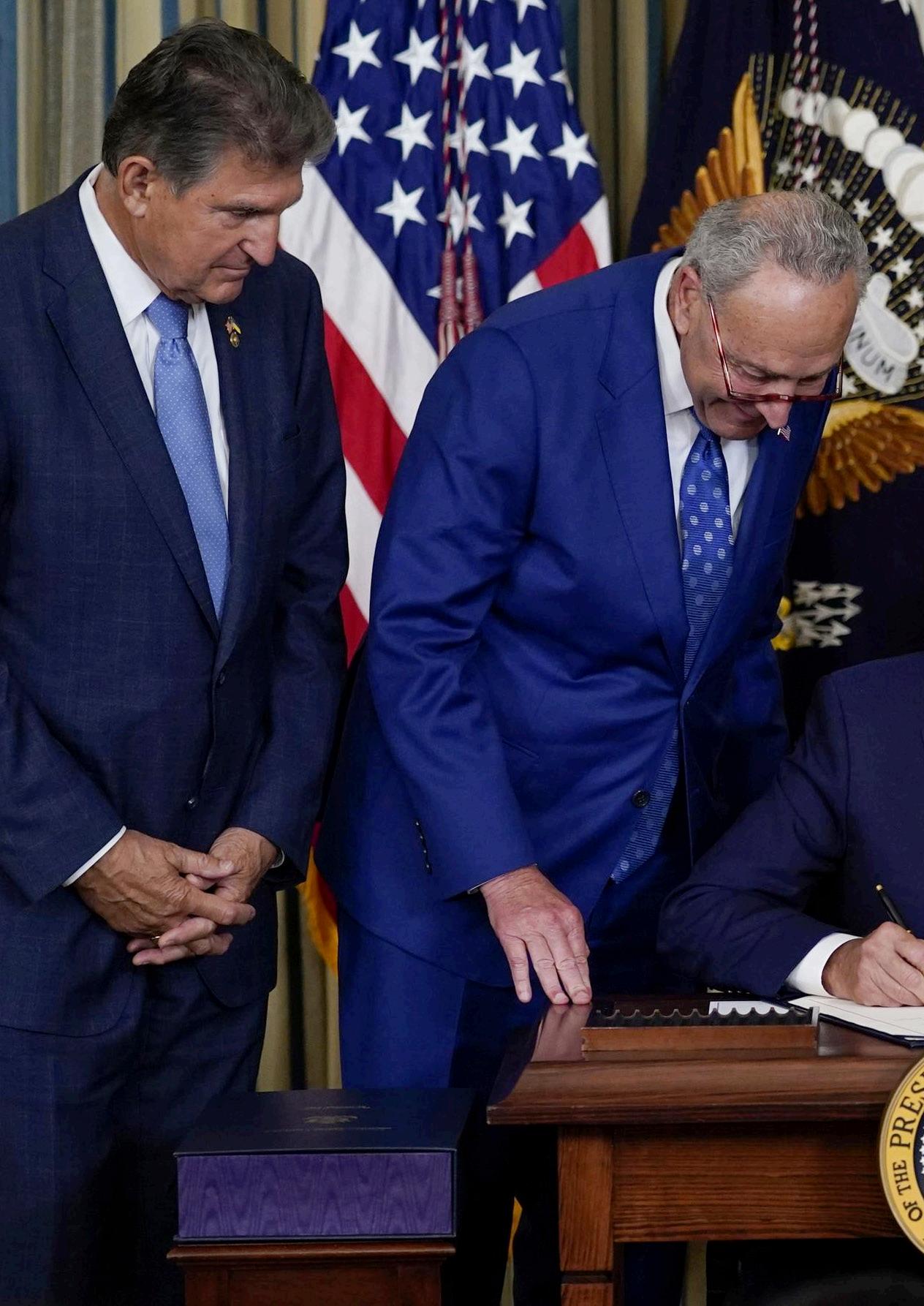
3 minute read
RECORD PACE
from HIL Issue 11
France Hopes To Deliver Hydrogen Production At Record Pace
With the second production site in Morbihan expected to be operational in the second half of 2023, with support from ADEME, France is hoping investments in hydrogen production will pay off if capacity grows at a record pace.
Advertisement
In order to achieve this, it is essential that public investment is there to build the initial projects and production capacity before enabling private investment in the future.
Today, the hydrogen sector is developing in France as elsewhere. The first solutions to be produced are almost “handicraft” in nature, and their price is naturally high.
Governments, which have understood its interest in decarbonising entire sectors of industry and mobility, have - as with any promising sector - set up support plans to encourage and accelerate its start-up.
Finance alone isn’t enough; the sector needs direction
However, providing finance alone isn’t enough to secure a hydrogen economy fit to support domestic needs and offer opportunities for export in the future. Well-supported direction is the key to any kind of success in building enough capacity to meet growing needs. This can be through verification schemes, allocation rounds and CfDs.
Speaking to hydrogen industry leaders, Antoine Hamon, Deputy CEO and COO at Lhyfe, explained: “At Lhyfe, we believe that it should be directed primarily towards users because they are the ones who are currently dependent on fossil fuels and who must change their production tools, their fleets, their processes, etc.”
He continued to state: “We, the producers, need customers more than subsidies. Subsidies are decisive in helping hydrogen users (local authorities, companies, manufacturers, etc.) take the plunge. When they place massive orders, industrialisation will naturally bring prices down.”
Further direction could include public aid to finance infrastructure (e.g. refuelling stations to ensure proper coverage of the territory), the setting up of training programmes, etc.
For producers and manufacturers, we can confirm that there is a lot of private investment available. At Lhyfe, in 4 years, we have raised around €184 million
Antoine Hamon Deputy CEO and COO Lhyfe
However, as previously noted, the ADEME supports the Lhyfe Bretagne site via the supra-regional VHyGO ecosystem, as well as other projects. Lhyfe is applying for the aid that is available to producers in order to remain competitive.
Scalable solutions are no longer a pipe dream
Ensuring Lhyfe can be at the forefront of innovation and build production capacity at a rapid pace, placing France in a unique position in the race to be a hydrogen exporter across Europe and beyond.
Elsewhere in France, in Bouin, the production unit is directly connected to a wind farm, the first in the world, celebrated its 100th container of hydrogen at the end of 2022.
Two world firsts have enabled Lhyfe to position itself at the forefront of the innovation required to support the scale of hydrogen containers at the site. World-first technologies have been
the bedrock of development in France
In 2021, Lhyfe inaugurated the first industrial-scale green hydrogen production plant in the world to be interconnected with a wind farm in Pays de la Loire.
Building on this, in 2022, Lhyfe inaugurated the first offshore green hydrogen production pilot platform in the world (Sealhyfe).
Explaining the unique advantages this brings to Lhyfe, Antoine said it provides: “Credibility with project developers, who are calling on us massively throughout Europe. We are currently working on 9.8GW, i.e. about a hundred projects, and we want to have installed 3GW by 2030.”
Focusing on developing technologies and production capacity also offers wider knowledge and innovations to other aspects of the energy transition.
Antoine expanded on this: “Any sector undergoing transformation needs a pure player to accelerate its transition. Like Tesla for the electric battery for example. Our ambition is to contribute to accelerating the development of the green and renewable hydrogen sector.”
“The fact that we have been able to demonstrate that it is possible today to produce hydrogen from wind turbines, and at an affordable price, has unlocked many barriers.”
This is what Lhyfe also want to do for the production of hydrogen at sea with Sealhyfe. They are convinced that these projects will save the industry precious months, even years.
One of the biggest barriers to the growth of the hydrogen economy is the ability to develop projects at a big enough scale to start to contribute significant volumes of hydrogen into the sector.
Lhyfe, alongside many other players in the sector, has set ambitious targets to overcome this bottleneck.
They have set the target to move from 750kW to 2.5MW by 2024, which is no small feat.
In 2019, when they launched the Lhyfe Pays de la Loire site in Bouin, this capacity more than doubled the installed electrolysis capacity in France.
Today, the market has evolved. The Lhyfe Bretagne site (which will come on stream in the second half of 2023), for example, will eventually have a capacity of 5MW. The expansion of Bouin was planned from the start, and everything was designed in this sense. The main action will consist of adding cells to our electrolyser to increase its power to 2.5MW at the beginning of 2024.







